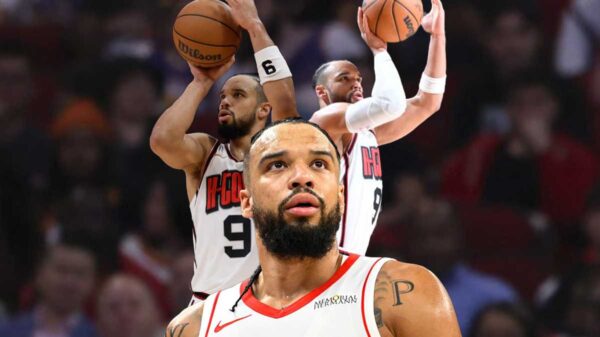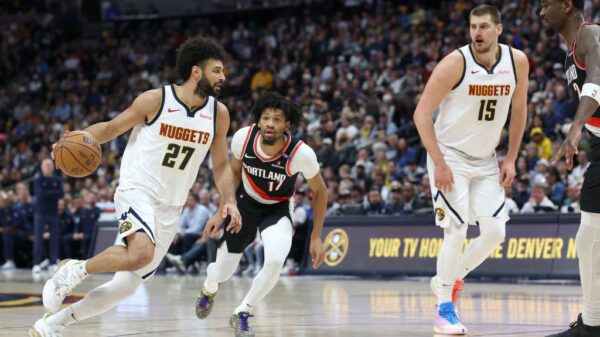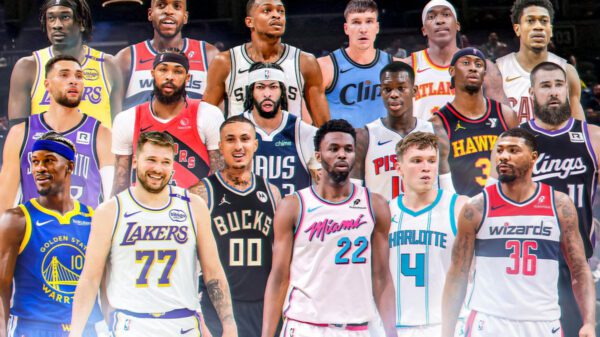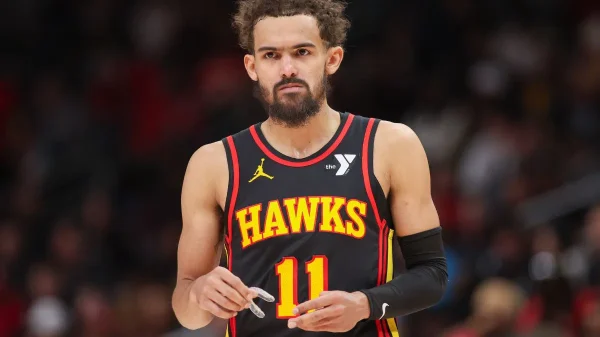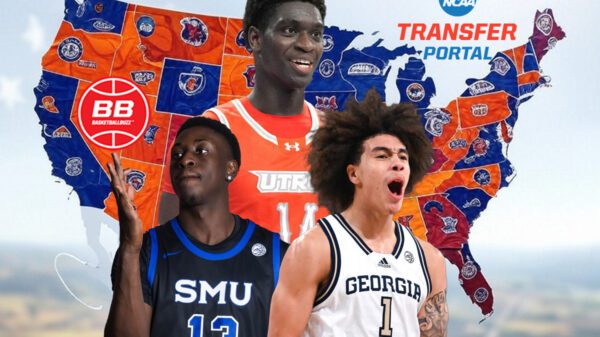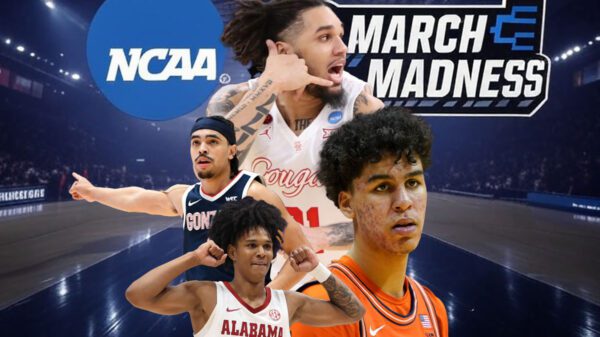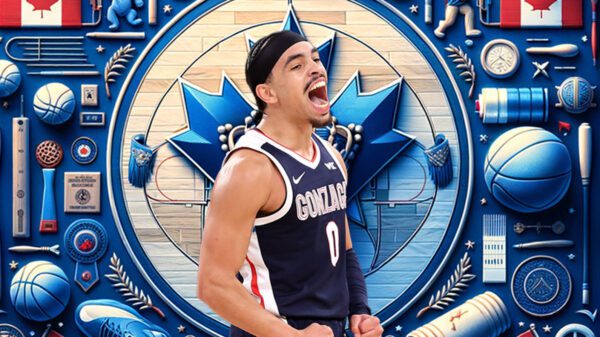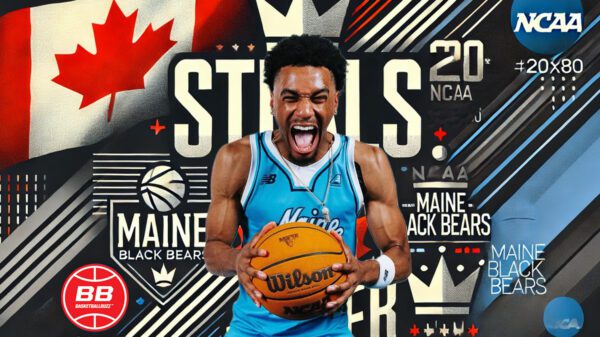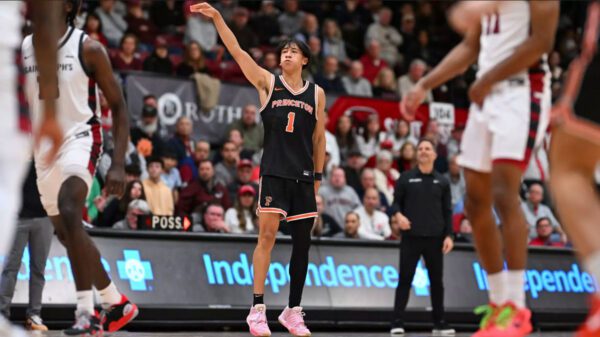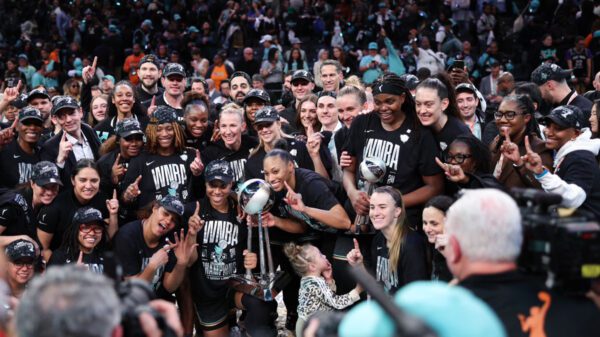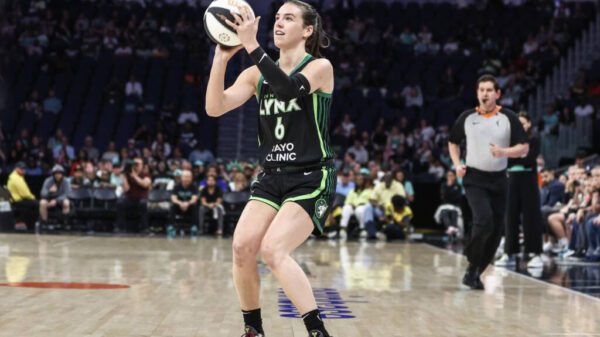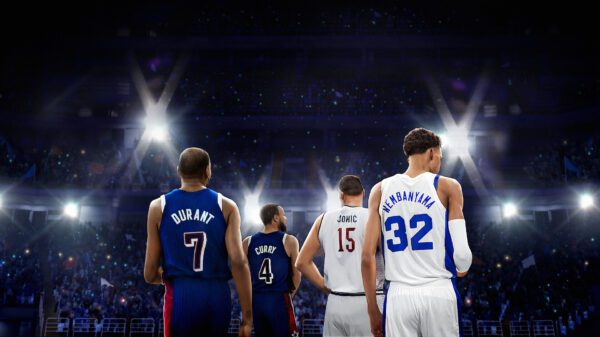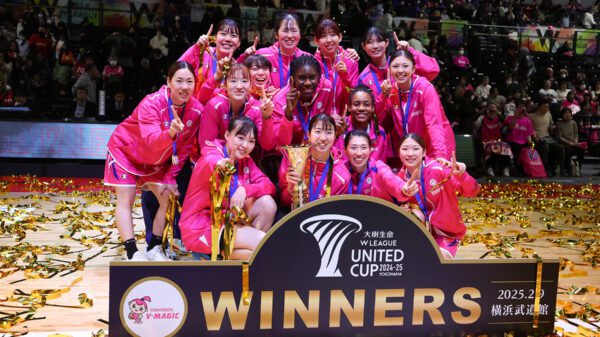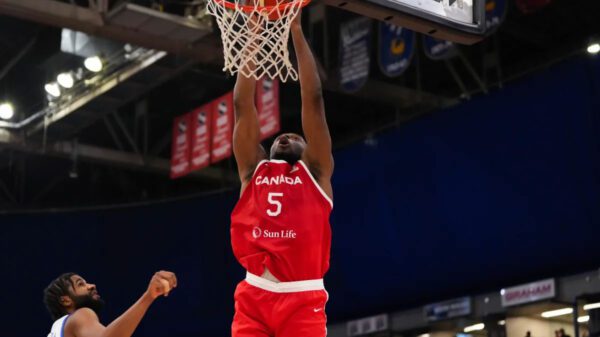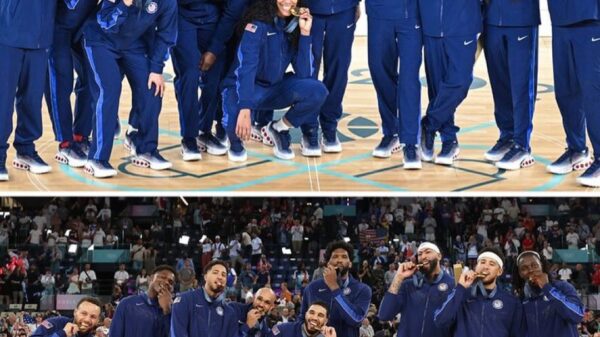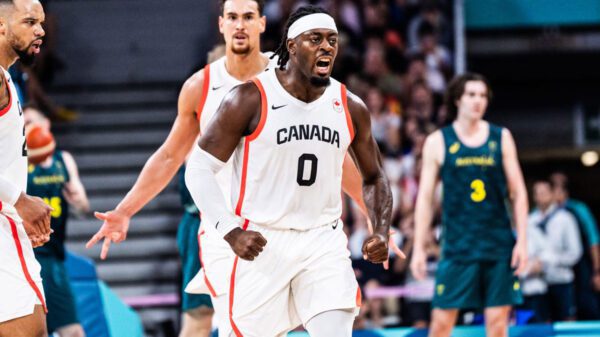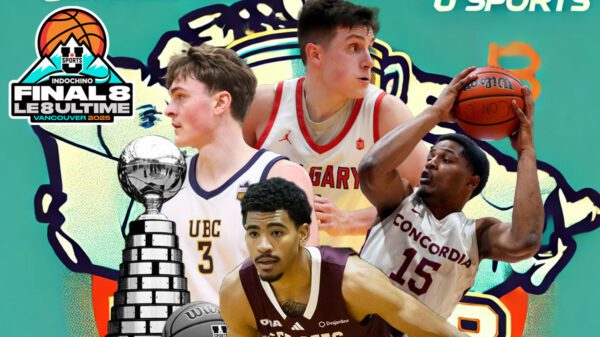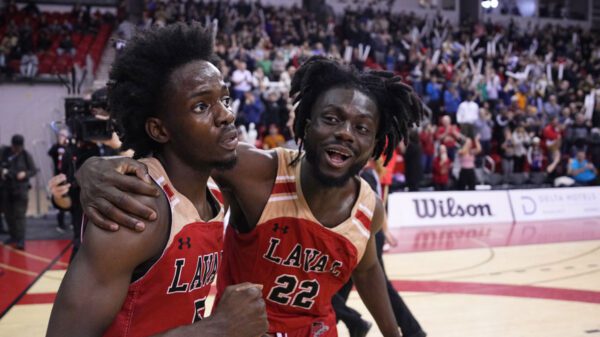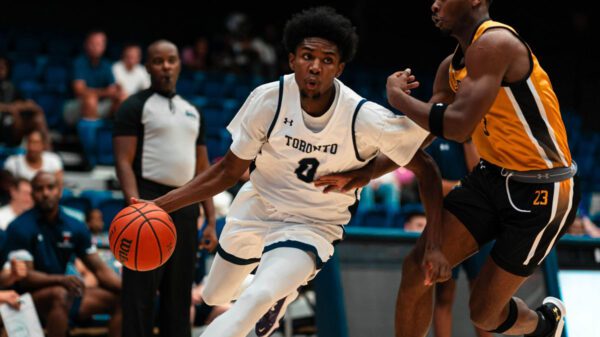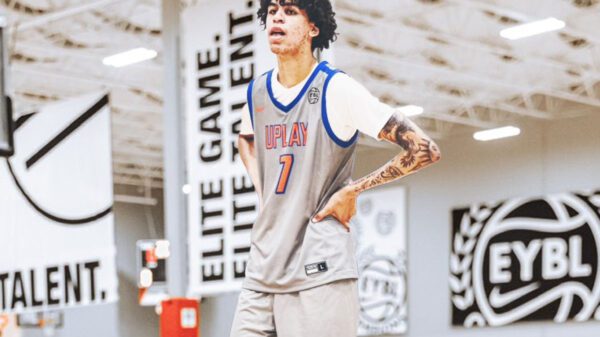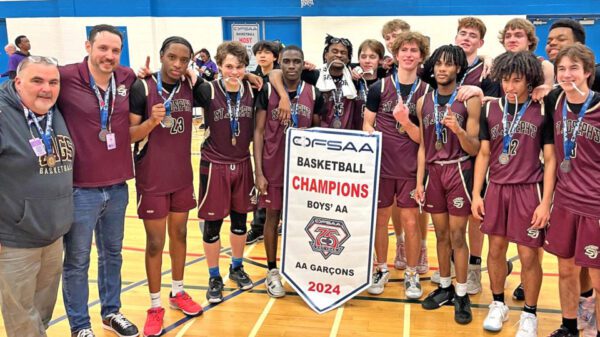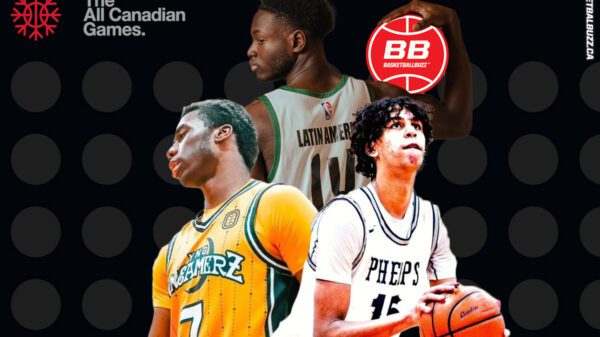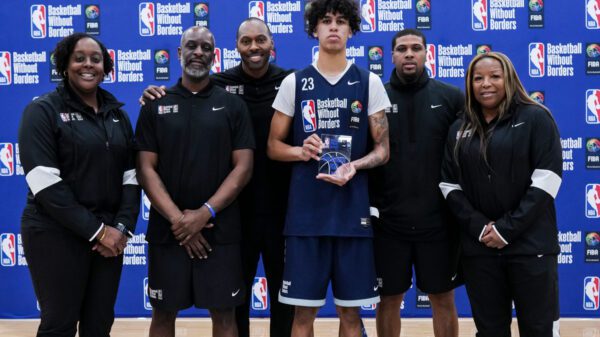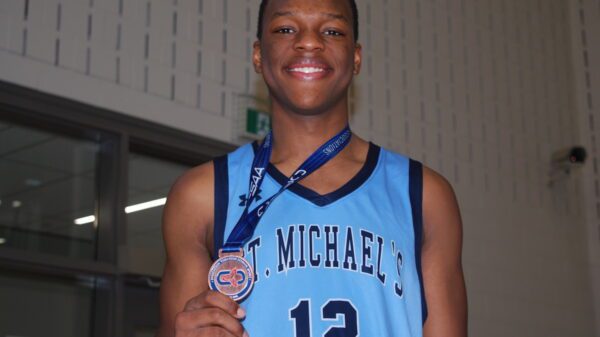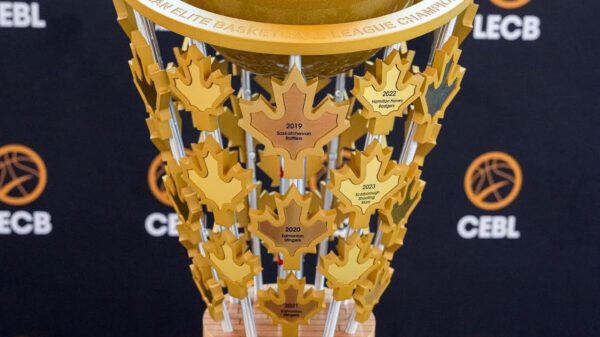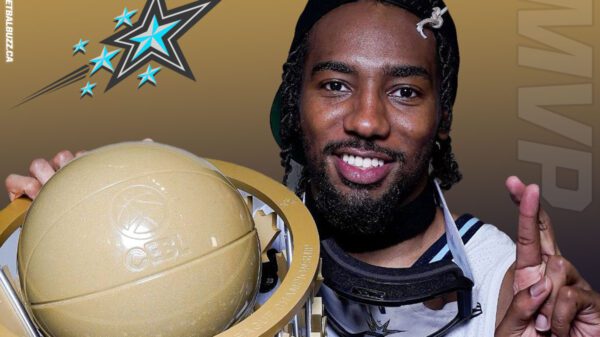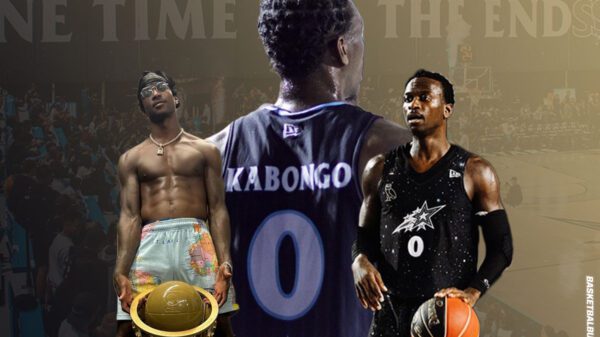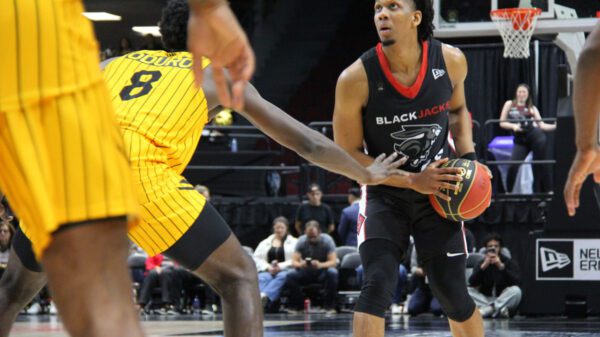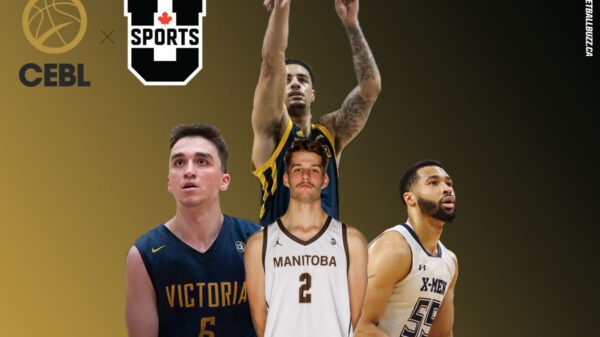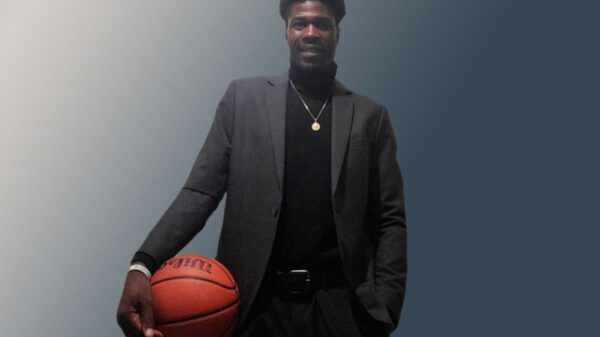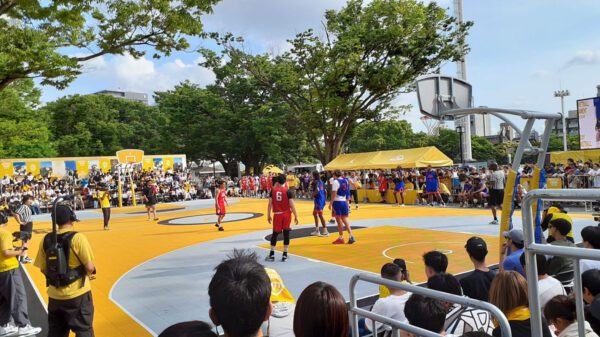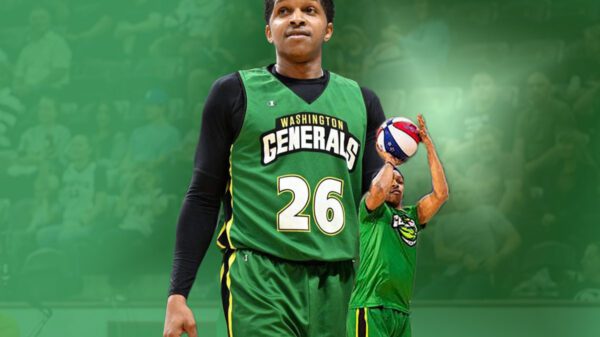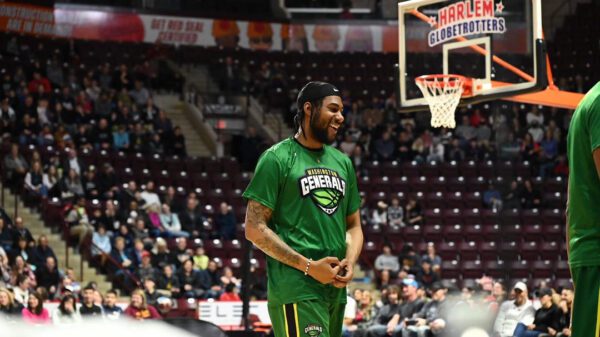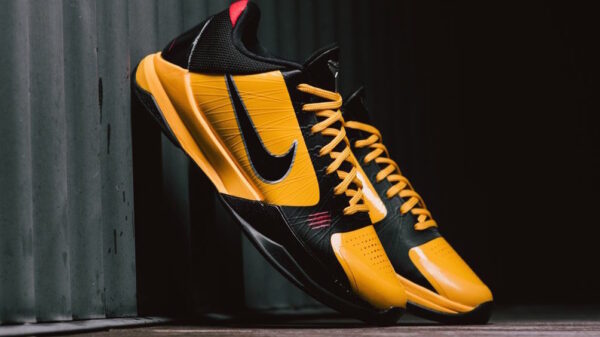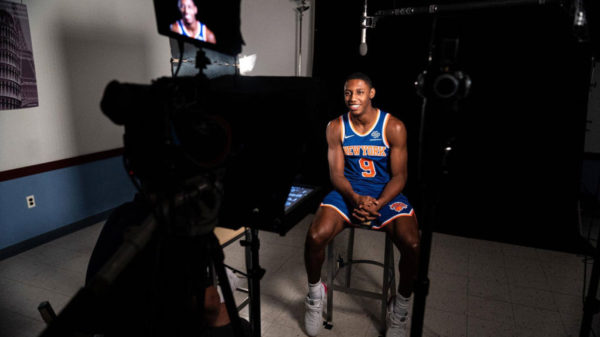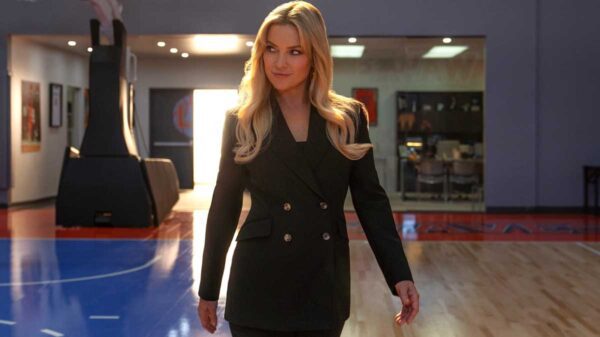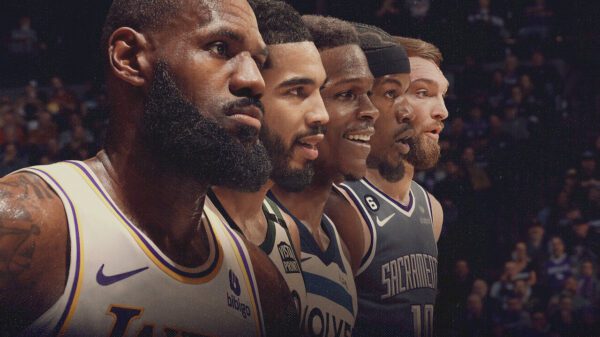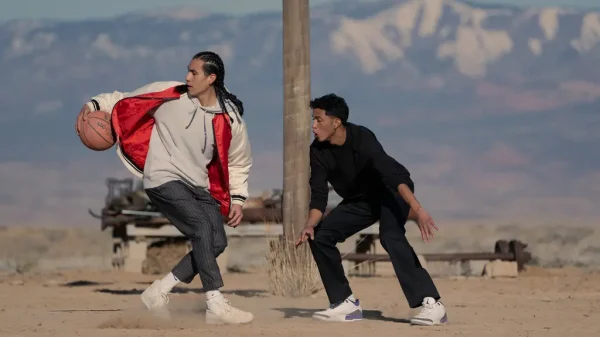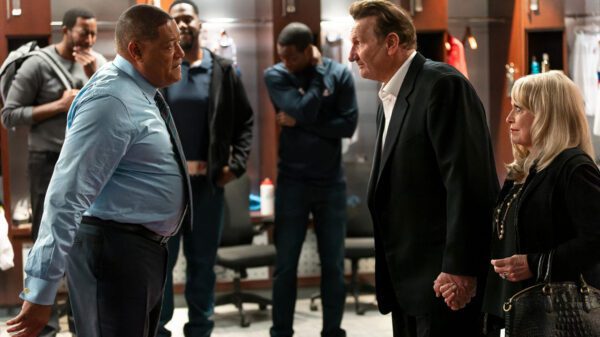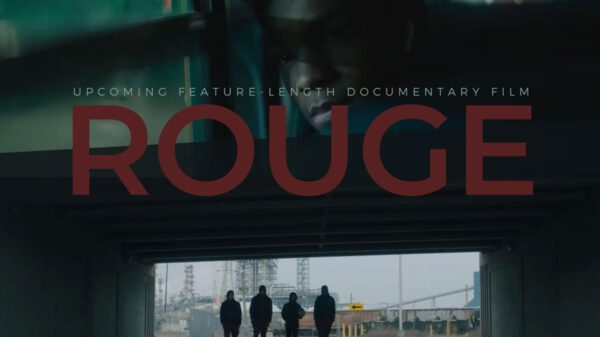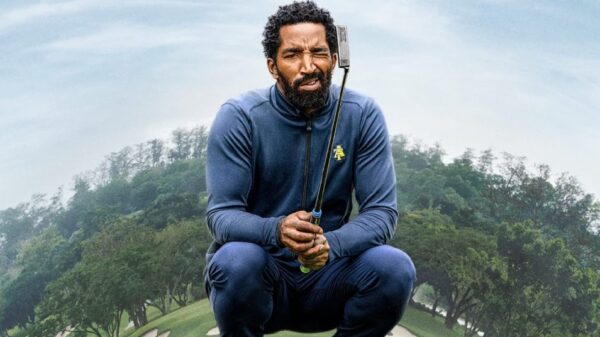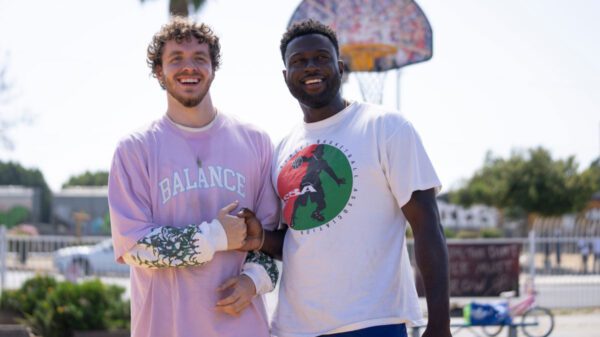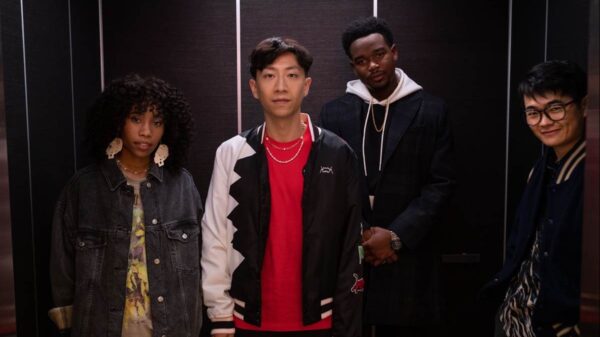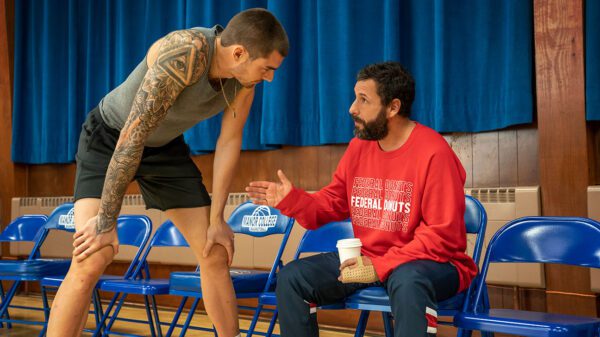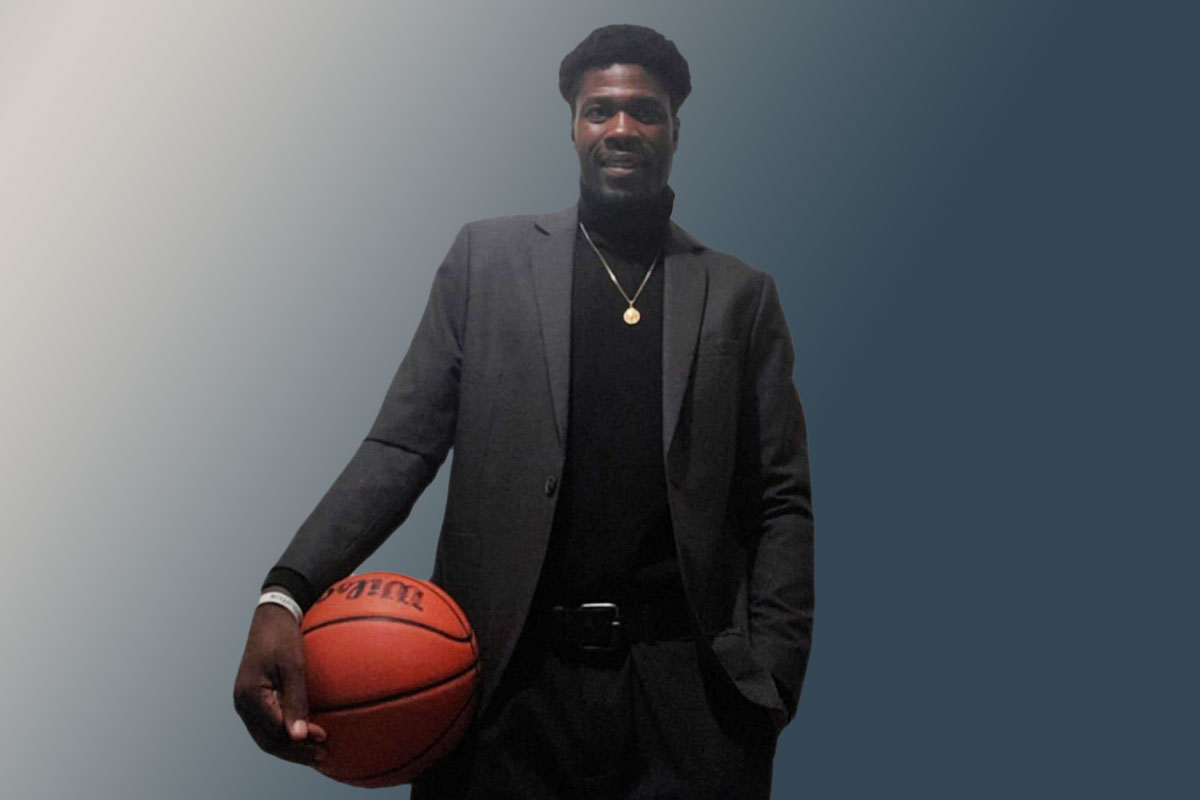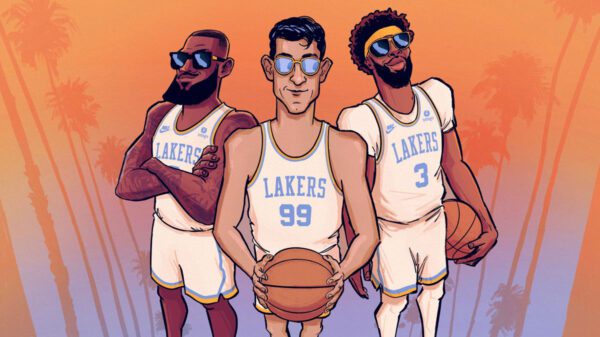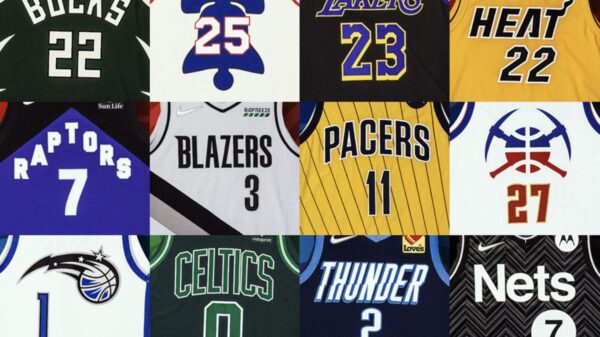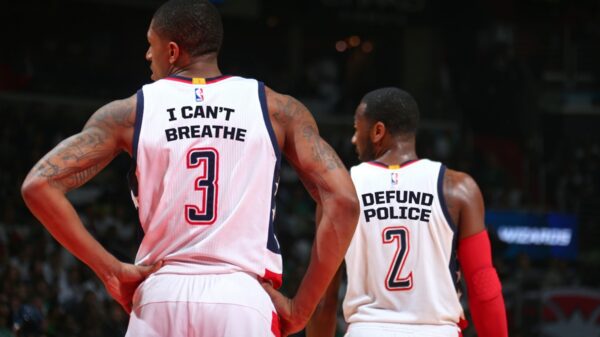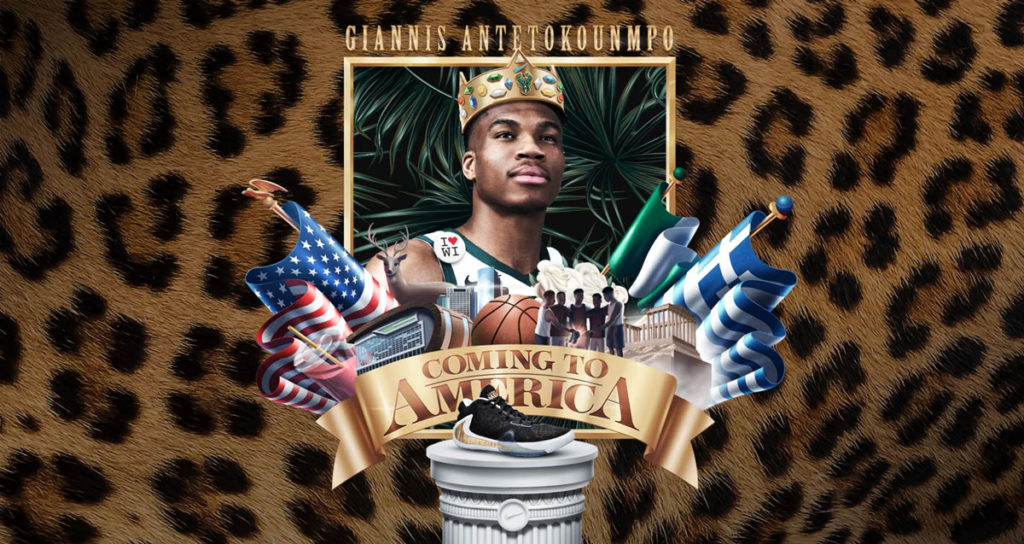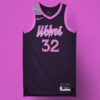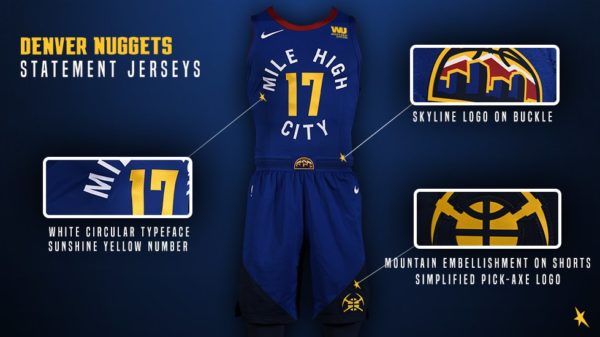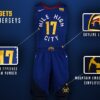If there is anyone in the world who deserves good karma, it is Ayola Matti. Spreading positivity and good energy wherever he goes, he is passionate about helping others, especially the next generation, while always remaining mindful of the messages and examples he puts out into the world. With his newest venture, The Home T.E.A.M., he continues to do what he does best: creating spaces and opportunities for athletes and their communities.
Tell us about yourself?
My personality is who I am; I got it from my mother. You know those houses where it’s kind of like the rec center where everybody hangs out? My house was similar to that, where we always had an open door. You left your shoes at the door and everyone was just together, cooking, video games, and whatever the case may be. When you’re younger, you don’t recognize that it was an escape for others too, and for me, having issues earlier on making friends, that was a way to become familiar with my community and make friends at the same time.
Personally, I am a community outreach person. Former athlete/community initiative, community driver, just trying to bring people together and finding ways to make the environment that we are currently living in better.
Tell us more about your brand as well as what inspired your brands name “The Home T.E.A.M”?
The Home T.E.A.M – Team is an acronym for: Toronto East Athletic Movement. Essentially, we just want to get young people active and more engaged in what’s going on outside, whether it’s walking on a beach, walking in nature, or playing an athletic sport. I know many of them are already doing this—playing video games at home, so just meeting them halfway, even if it’s in a room with other youths and they’re engaging in electronics. We want to get youths, including older youths up to around 21, involved in a collaborative networking situation. We found that the best way to do this was by upgrading and enhancing youth spaces, starting with the gymnasium.
As a youth growing up, when neighborhoods would usually gather at a community center, where was one of the first places where youths would gather? The gymnasium. When I came back after finishing my university career, I was really shocked to see that the same resources that were here when I used to go to the community center as a youth, are still there. I’m a change agent, and I deal in solutions, so if I can get like-minded people to sit down and collaborate, excite and create change with fellow decision-makers, those are the people I want to sit down with.
A lot of the work you do involves community outreach and giving back. How important do you think it is for athletes to be able to give back to their communities?
I know others may disagree. You always hear celebrities say, ” You work too hard to get yourself out of the hood,” and they don’t return. Nipsey Hussle (R.I.P) is somebody who gave back to his community and ended up dying in his community, so I understand. I feel like it’s your duty as a former athlete of a particular neighbourhood or area, to give back and do community outreach. You might not do it as often as you would like to, or it might not be good for your brand to do it as often as you would want to, but I think it’s an athlete’s duty to do community outreach. Either through an organization you set up or through a partnership agency to give back.
It all depends on personality. I come from that branch of community outreach and giving back. My mother still associates with women from the west end and downtown to distribute groceries to people in need. For me, I can’t escape that. It’s a part of my fabric and anybody who I associate with, and for those who knew me growing up, they know I try to pass on these blessings through philanthropy and outreach. With athletes, it takes a village. It wasn’t only you that supported your dream, it starts with your community. It’s only right to give back in any way possible.
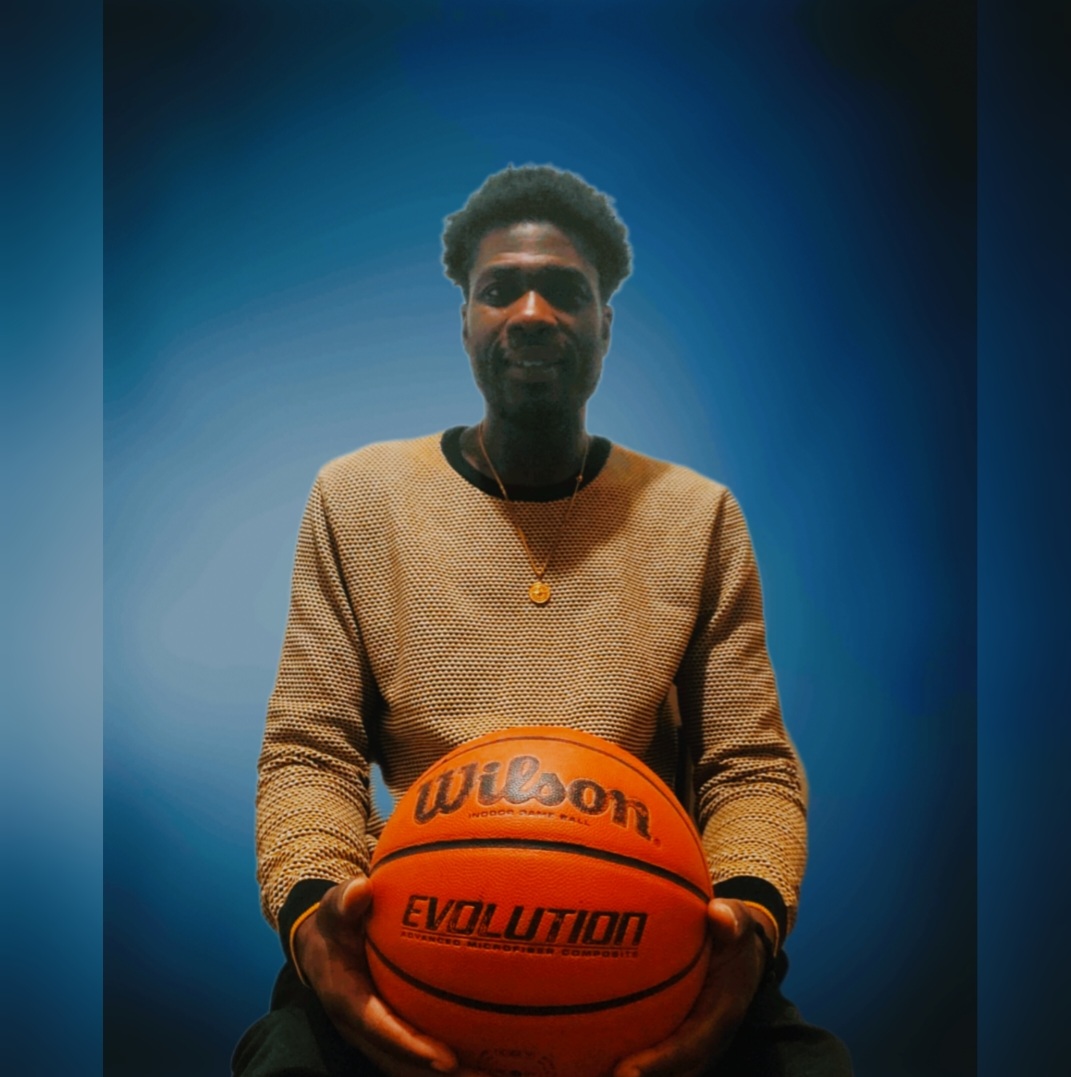
In this business, how important do you think it is to network and work collaboratively?
It’s everything. I try to do it the other way once in a blue moon, and it really only gets me to certain places and certain opportunities. I think collaboration and communication are key. Those are the two things that I stand by. The really successful people, like Elon Musk and Bill Gates, and the sporting brands like Nike and Adidas, are organizations that collaborate and are not threatened by other people or their success.
I think in this space, that is one thing that we are lacking—the confidence to collaborate. At the end of the day, if you bring something to the table and you have a vision for it, somebody else may be able to bring some vital information to the table that will make you realize maybe that’s not the best avenue to go and change it up.
A year ago, I had an idea to try and connect neighborhood youths, to city-wide youths, and it wasn’t until I collaborated with the TCHC (Toronto Community Housing) and had exploratory conversations with the neighborhood house and Youth’s United which is a downtown basketball program, where I realized I was not aware of the inner city politics when it came to different neighborhood’s and I had to rethink it a little bit. There were youth who said “Ayola I like your idea, but this area in the West end, is having issues with this downtown community, and North York is beefing with this Scarborough neighborhood” and I was like wow it’s that bad?
When I was young, basketball used to be a bridge. If I wasn’t from a certain neighborhood, but I knew one or two guys or had any teammates from those areas, I would be safe there.To hear 20 years later, it’s not like that anymore, and with a program like that I would be liable to potentially get somebody’s life taken, I said let me go back to the drawing board and re-think this a little bit. I can do a 3X3 or a youth league in different sections of the city which might be a better idea. It was through connecting with different people that helped me see this vital information which was priceless.
How important would you say visibility and social media are for your brand?
A lot of the young people that we are trying to reach are reached through their phones and social media. I think your social media game has to be huge and I am spearheading a lot of our social media content. We’re trying to reach out to community youth now who have their priorities straight and are responsible, who can post productive, positive, community information. You can make mistakes on social media, but you want to minimize them as it’s a representation of your organization and what you’re doing.
It’s unfortunate that social media does have that negative connotation attached to it, but I think making the right connections and being open and honest within the social media space is important. I think a lot of people would rather judge you off of your social media instead of having that conversation in real-time with the person.
What are three key things that you would advise an up and coming athlete to learn or do?
Networking within your community and with your coaches, networking with intent, because if you just network with anybody, it’s difficult to take on so many suggestions, and opinions that you might lose sight of why you reached out to that person or organization to begin with.
Communication, as effective communication, is key. At the end of the day, you do not want people to tell your story, this is what I tell any community youth that I engage with. People are going to have their assumptions and if you don’t know how to communicate effectively, or you just shut down and don’t communicate at all, now you’re leaving room for other people to tell your story. If the lie is more entertaining than the truth, people are going to go with the lie, take it and run with it.
Protect your mental health. Life has become difficult for everyone, especially our youth & their mental heath has been suffering due to life’s stresses. I come from a youth worker lense, and I used to see young people come into the shelter who were lively, upbeat, and creative and within two or three months, they’re heavy drug users, hanging out with the wrong crowd, and easily influenced doing crimes.
I will tell the young people now to protect their mental health at all costs. If this means that you have to isolate from certain people, please do that. If you have to strengthen your religion or spirituality, please do that. These are things that at 41 years old, I have done. At the end of the day, if these people love you and they really are for you, and not what you can provide, they will understand and they will come back.
What are the challenges of getting help and resources when you are not well-established and well-known yet? How were you able to navigate these?
I have a couple of team members whom I rely on heavily. Sheldon Alexander is one; he is a producer for Sportsnet. Dewayne Anderson, who is a building contractor downtown, has been in my circle of friends since day one, since grade school. I lean on him for certain life advice and even outside of what we’re doing as an organization. BEALS is another one of my day ones; I lean on him as well with regard to music and life matters. There are a couple of people in the community on whom I lean.
My advice for up-and-coming organizations that are moving with three or four people is: don’t take no for an answer. Me? You’re going to have to tell me no five thousand different ways. As long as I get a conversation, even if it’s not meant to work out, you can always take from that conversation, Where can I get better? How can I pitch another person better? Or you may realize that maybe you can tweak certain aspects to turn that no into a yes.
It all depends on how you take it. It’s either a win, a loss or a lesson. I believe in posting my losses. Last year was a whole year of losses and then this past summer, it was a summer of wins, that’s just life—up and down. The majority of the people that you will come in contact with are up-and-coming. Social media highlights those who are already there, but even for them to have gotten to the top of the pyramid, they still had to interact and communicate with up-and-coming people.
At the end of the day, everybody should get rewarded for what they do. Highlighting and engaging with people is what brings me pleasure at the end of the day. If I can promote someone who is doing a positive thing, why not? It doesn’t take any sweat off my back, it doesn’t dim the light that’s on me. I don’t care for the light to be dimmed on me. I can help you and not say a word.
How do you hope to help the next generation of athletes?
I hope to help them by giving them guidance because too many people are out there trying to finesse and take advantage. If you are providing a service where you help or connect people, you should be recognized for that, and there should be a monetary component involved. In certain industries, this is known as consultation, where people are now paid for their expertise. However, in many urban spaces, there is still a negative connotation that suggests we should be doing things for free.
They always say where your friends don’t support, here come one hundred strangers. Friends are on the ground floor, and when the elevator goes up, you start loosing friends, but strangers start coming on the elevator. I want to be a change agent and transform this by keeping my genuine and authentic friendships with those who helped me when I was on the ground floor by keeping them involved through communication and conversation. I make sure to stay engaged in what they have going on as well as asking for any advice they can lend me.
What’s next for you?
Right now we’re continuing to network with community organizations regarding enhancing and upgrading their youth spaces. I’m going to continue to network and create partnerships preferably organically. Going into 2025 I just want to see if we can enhance two or three more youth spaces within the downtown east end. We are promoting a Friday night youth-focused (18-21 years old) 3X3 youth league which is the next step for us basketball programming-wise.
In regard to the philanthropy and donations, we’re going to continue to do that and create partnerships organically. I think the older youth between 18-21 get left out. I know that’s an age where they are still trying to figure out life—they’re chasing boys and girls and all that other stuff—but we want to improve on the networking piece. This is not about talent level, this is not a competitive initiative, this is to keep the community engaged and to connect.
As a former athlete, Ayloa understands what it’s like to play the game and what life is like after you stop playing. He continues to use his knowledge and talents to help others and give back to communities. His passion for being a positive change shines through, as he is always eager to selflessly promote anyone and make an impact on the youth he comes in contact with, proving that the example his mother set for him at a young age, truly runs in his DNA and will only continue to grow stronger.
In the words of Ayloa, “There are going to be a million people in a line-up who say you can’t do it and that you’re going to fail. Just remember, that’s on them; it has nothing to do with you. Just keep striving and getting better.”


